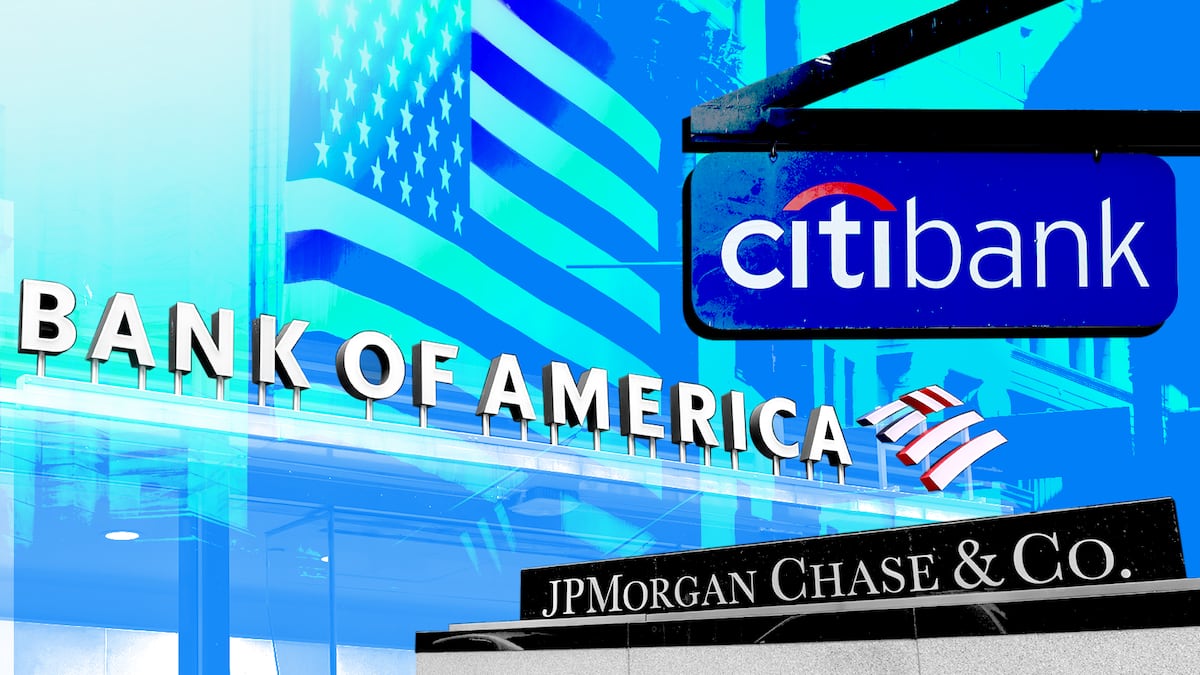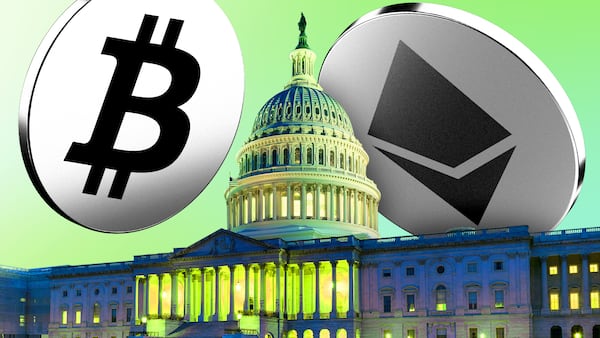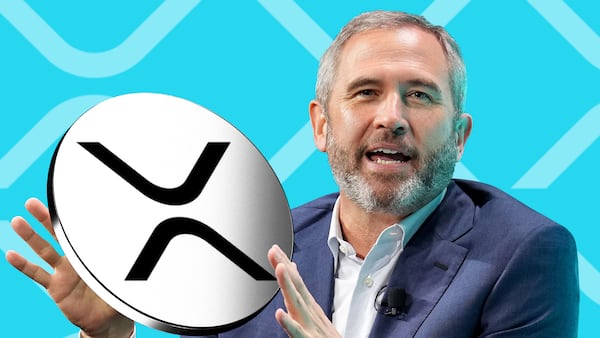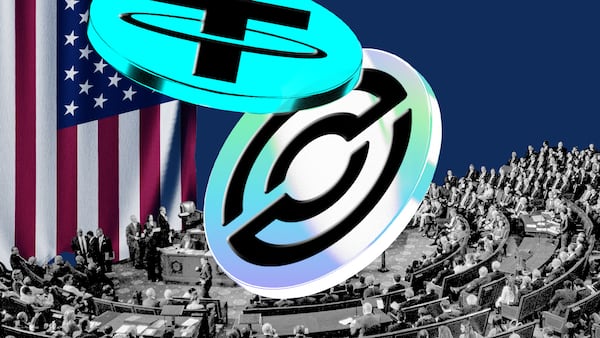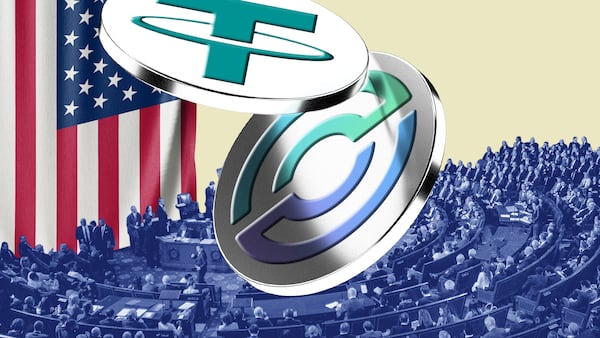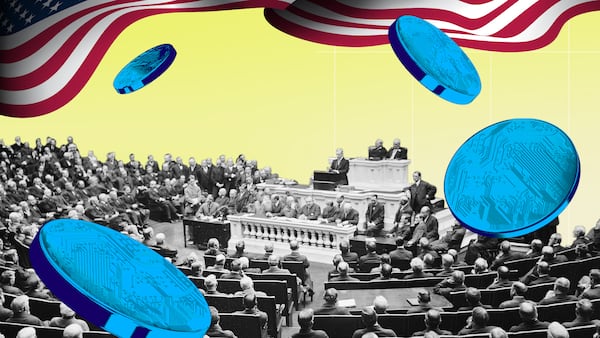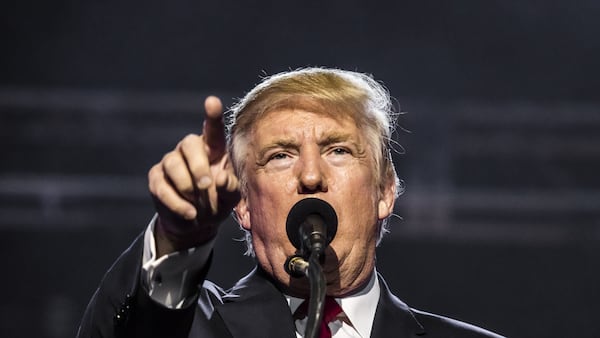- Banks are well poised to intergrate stablecoins.
- Regulatory regime unfolds for crypto.
- Challenges mount for payments adoption.
A version of this story appeared in The Guidance newsletter on July 21. Sign up here.
Last week, Congress and President Donald Trump passed first US crypto law of its kind. Now come the questions.
Right at the top of the list: How will the Genius Act change the digital assets market, and for that matter, finance in general?
At first glance, it’s safe to say that Washington’s newly minted stablecoin regime will reshape the crypto industry by opening the door to banks and other financial firms that wanted regulatory clarity before plying customers with blockchain-related products.
This means payments, the lifeblood of the global economy, is ready for change.
Turning point
There is a lot of excitement around this prospect. Over the weekend Mastercard said the US had reached a “turning point” in its adoption of blockchain technology for payments processing.
As DL News has reported, JPMorgan Chase, Bank of America, and Citigroup are poised to integrate US dollar-backed stablecoins into their product offerings and payment systems.
If stablecoins are to be a game changer in payments they have to be largely invisible.
In other words, stablecoins should be as seamless in our daily lives as Apple Pay or Venmo or Revolut — utility-like applications we barely think about.
This isn’t just a technical challenge. It’s also a regulatory and consumer behaviour project as well.
For starters, stablecoin issuers will have to win over ordinary consumers. That may be challenging considering that stablecoin issuers, unlike banks, are barred from paying interest to accountholders, according to analysis by Gibson Dunn, a global law firm.
Enter the banks
So why would ordinary US consumers bother with a stablecoin at all? What’s the advantage?
The answer is fuzzy unless consumers can use them with no fuss. This is where the banks come in.
As much as consumers complain about their lenders, they do trust them. If a bank integrates a stablecoin-based payments app, chances are accountholders will respond.
While the US banking industry has been wary about the potential instability stablecoins may pose to the financial system, they’re sitting in a very strong position to popularise the issuance of these instruments, at least as far as payments are concerned.
That’s because every stablecoin in the US must now be offered by a “permitted payment stablecoin issuer” supervised by the Office of the Comptroller of the Currency.
For crypto startups, getting regulatory approval, even in the Trump era, is a time consuming, costly task. For banks, it’s easy — they are already regulated by the OCC and other agencies.
The upshot: banks, the bête noire of the crypto world, are ready to write the next act of the Genius Act.
Edward Robinson is the story editor for DL News. Contact the author at ed@dlnews.com.


